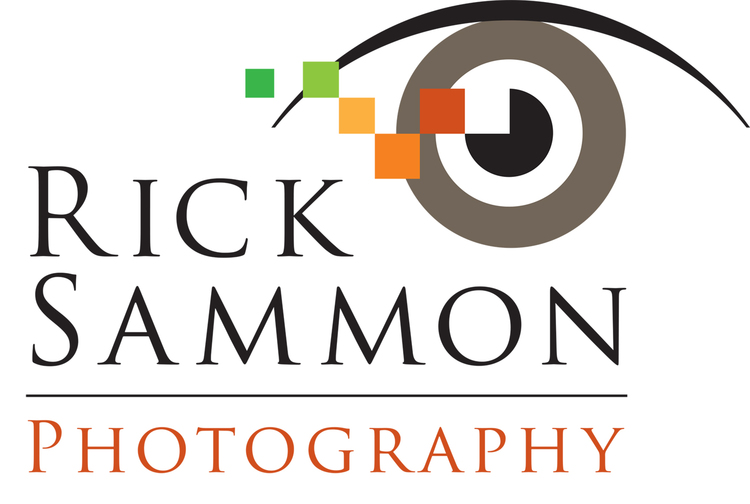So for now, here is a preview of what we'll be photographing. Take it away Petr.
This will be one of the best-priced and most exciting New Zealand workshops on the web.
Important note: Airfare will not be included so you can book the most practical flights – which is very important on a long trip.
All of these New Zealand pictures were taken by Petr.
Take it away Petr.
• • •
To some, it may sound strange that a flash can be used for capturing images in the extremely bright glacier environment. Well, most of the time it is true that you don't need to use the flash. However, there are cases where it pays off to consider using one.In the follow two examples, I'd like to demonstrate the difference a flash can make when photographing glaciers. Keeping an keen eye on the structure, the layering of the ice, and seeking interesting patterns is the way to determine if a flash will give you the best result.
On site, if you zoom in on an image on your camera's LCD monitor, and when you are back home and view your images on your computer, you'll see that the flash may often separate icy layers due to the ice density. I'm not a scientist, but I assume that this has to do with the amount of air bubbles in the glacier ice, and thus its reflectivity/absorbing capacities of the flashed cold light, being based around the blue range of the color spectrum, similar to the glacial ice.
This flashed image, with its icy layers in this case, reminds me of a human eye with eyelashes.
The two images are of the same scene, but offer different experiences. Which one do you prefer? I think both image work well, as they both have their own beauty.
Along the lines of using a flash, I'd like to give you an example of when using a flash in an ice cave is not always a good idea.
The following images of New Zealand's native Nikau Palms are a great examples of when to use a polarizing filter, and when you may not want to use one. The images were made immediately after a hard rain while it was still drizzling. The rain made the leaves reflective, giving them a great dark green color, created by heavy clouds of the stormy, overcast day.
To me, the first image without a polarizing filter is much stronger, with rather unique colors giving the image more definition and depth.
Note: All RAW files of these images have been processed using Lightroom and Photoshop CS4/5 with standard color and tonal corrections to render scene as real as I experienced in reality.
• • •
To see more of Petr's wonderful work, check out his Web site.Petr is also a founder and co-owner of New Zealand image stock library NZICESCAPES IMAGES, specializing in imagery from a diverse West Coast of the Southern Alps in the South Island, with focus on the glaciers and its ice.
We both hope you can join us in March 2012 for our photo tour and workshop!
For info on all my photo tours and workshops, click here.
Explore the light,
Rick
P.S. I took these two photographs in Antarctica. I love blue ice - and can't wait to photograph it in New Zealand!
